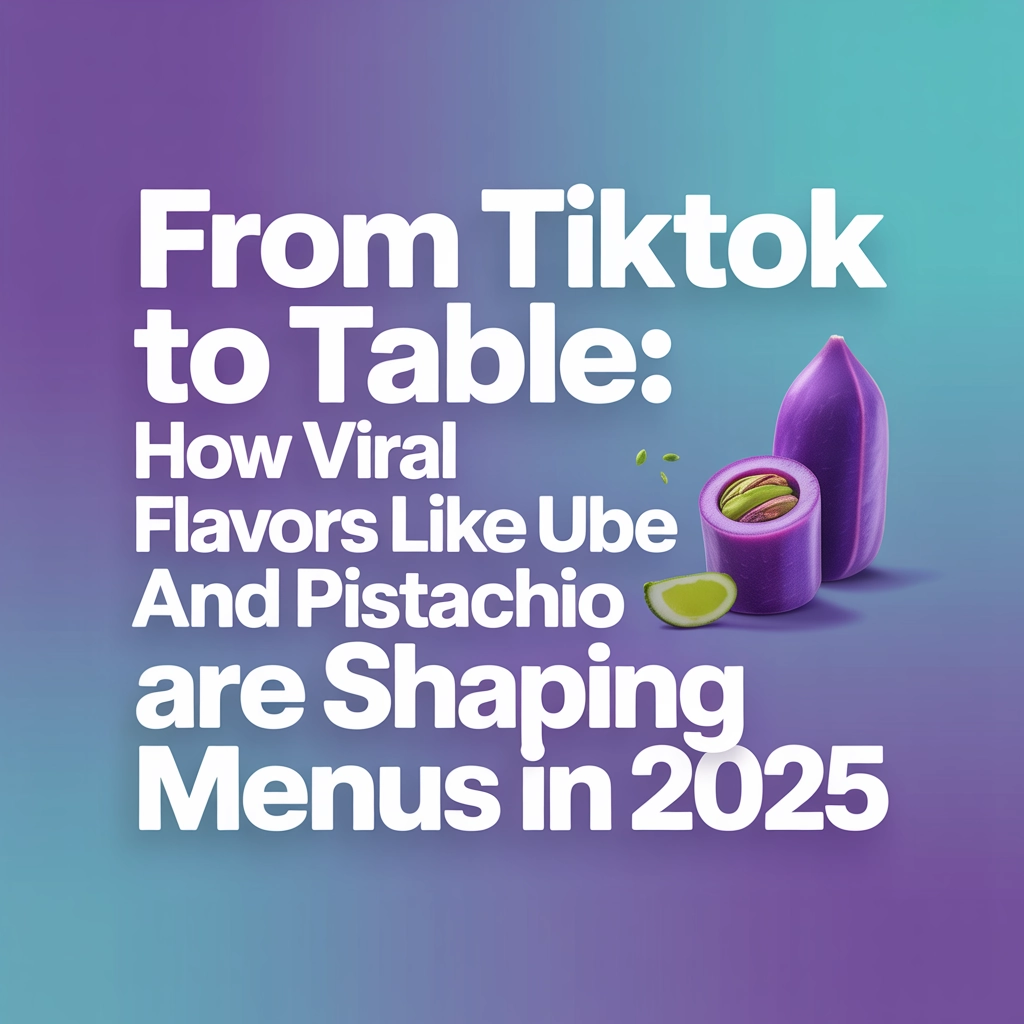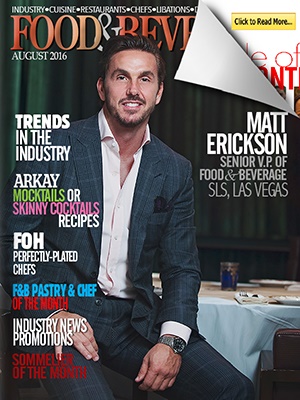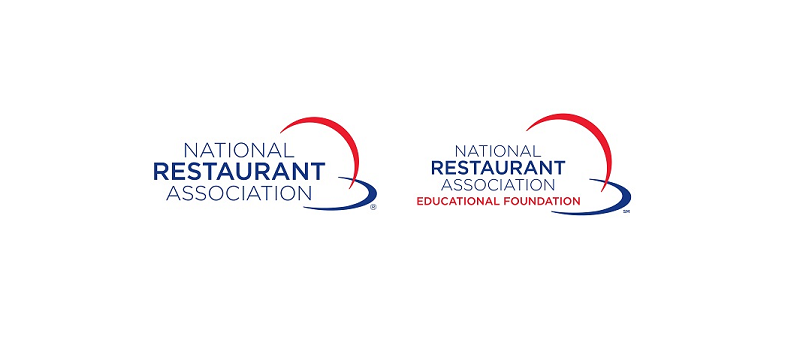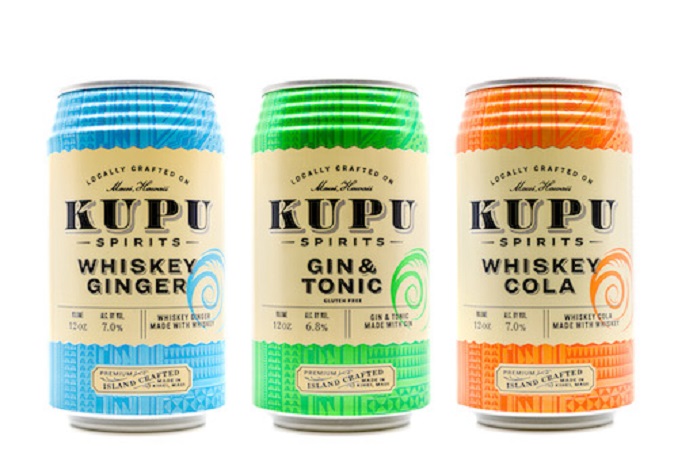The Social Media Food Revolution
Remember when food trends took years to travel from high-end restaurants to mainstream menus? Those days are long gone. In 2025, the journey from viral TikTok video to restaurant staple happens at lightning speed, sometimes in as little as a few weeks. With over 1.5 billion active users and food content that generates billions of views monthly, TikTok has become the most influential tastemaker in the culinary world.
"We're seeing menu development timelines compressed from years to months," says Chef Elena Rodriguez, culinary director at Flavor Forward Hospitality Group. "If a flavor or ingredient gets 10 million views on TikTok on Monday, we're getting calls from restaurant clients asking how to incorporate it by Wednesday."
This digital-to-dining phenomenon has transformed how flavors gain popularity and how restaurants adapt their offerings. But which viral flavors are making the biggest impact in 2025? Let's dive into the colorful, unexpected world where social media meets the menu.
Purple Reign: The Unstoppable Rise of Ube
If you've dined out in 2025, chances are you've encountered the vibrant purple hue of ube on a menu. This Filipino purple yam has transcended its cultural origins to become a global sensation, largely thanks to its photogenic qualities that make it social media gold.
Ube's journey from occasional specialty ingredient to mainstream menu staple accelerated dramatically when a series of ube-centric recipes went viral on TikTok in late 2023, garnering over 100 million combined views. The hashtag #UbeEverything now has more than 500 million views, showcasing everything from ube pancakes and ice cream to ube lattes and cocktails.
"Ube provides this perfect storm of attributes that social media loves," explains food trend analyst Maya Johnson. "It's visually striking with that natural purple color, it has a unique but approachable flavor profile that's mildly sweet with vanilla notes, and it carries this perception of being 'exotic' while actually being quite versatile."
Major restaurant chains have taken notice. In the first quarter of 2025 alone, we've seen the introduction of:
- Ube milkshakes at three national burger chains
- Ube-filled donuts at two leading coffee shop brands
- Ube cheesecake at several casual dining restaurants
- Ube-infused cocktails at trendy bar chains
Even more telling is the ingredient's penetration into unexpected sectors. "If you told me three years ago that we'd be serving ube-flavored soft serve at our sports arenas, I would have laughed," admits Marcus Chen, F&B director for a major stadium management company. "Now it's one of our top-selling concession items."
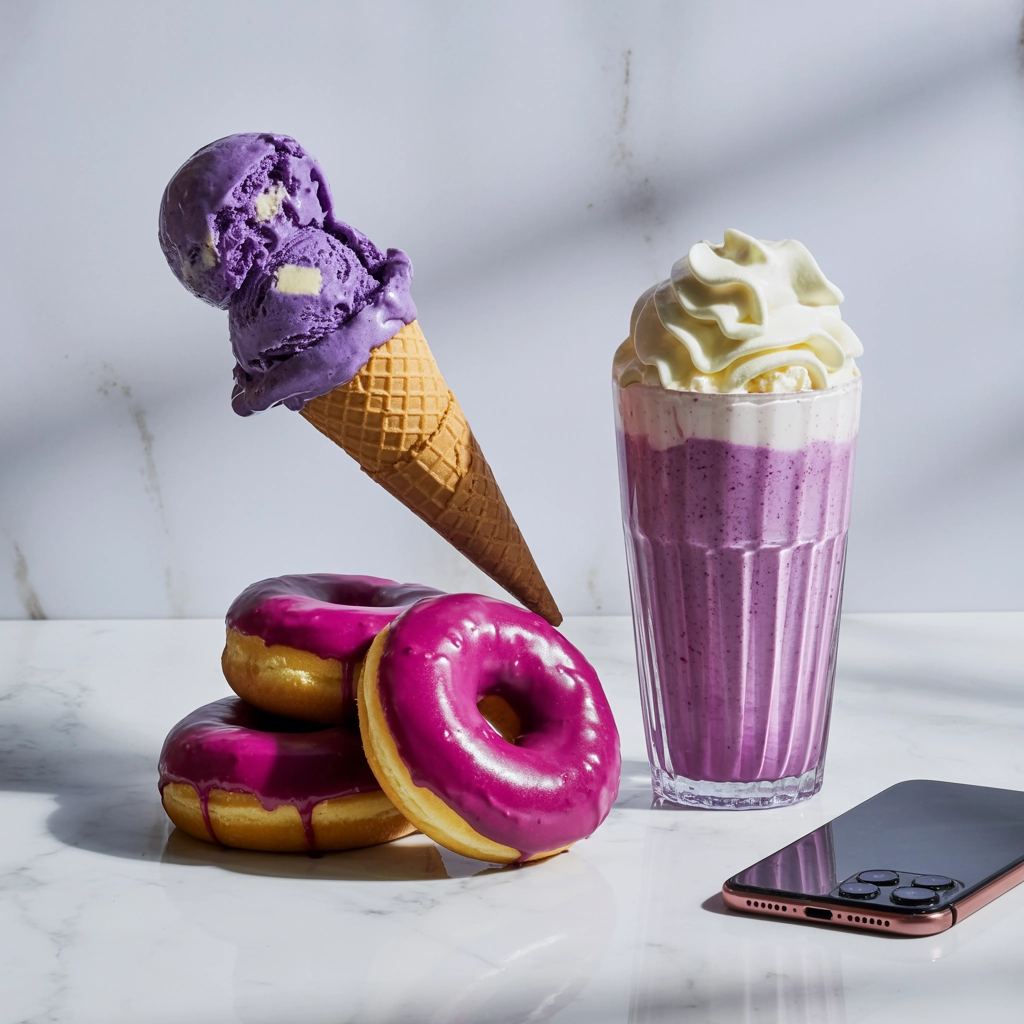
The Pistachio Renaissance
While ube might be the most visually striking viral flavor, pistachio has undergone what industry insiders are calling a "flavor renaissance" in 2025. Once relegated to ice cream and baklava, pistachio has expanded its culinary territory dramatically.
The turning point came when the "Dubai Chocolate Bar" – a luxury confection featuring pistachio cream wrapped in kataifi pastry and enrobed in chocolate – exploded on TikTok in late 2024. Videos featuring the satisfying crack of the chocolate shell giving way to the bright green pistachio interior have collectively generated over 2 billion views.
"The Dubai Chocolate Bar did for pistachio what the cronut did for hybrid pastries," notes pastry chef Thomas Wang. "It took something familiar and elevated it through technique and presentation, creating this perfect moment of culinary theater that's irresistible on social platforms."
The ripple effects have been substantial. In 2025, we're seeing pistachio featured prominently in:
- Pistachio cream-filled croissants and morning buns
- Pistachio butter as a premium alternative to peanut butter
- Pistachio milk as the newest plant-based milk alternative
- Pistachio-infused spirits and cream liqueurs
- Pistachio pesto variations replacing traditional basil versions
The flavor has particular appeal among Gen Z and Millennial consumers, who associate it with both luxury and health. "Pistachio has this unique positioning where it's perceived as both indulgent and nutritious," explains nutritionist Dr. Aisha Patel. "It contains healthy fats, protein, and antioxidants, which appeals to health-conscious consumers, while simultaneously conveying a sense of sophistication."
Beyond the Big Two: Other TikTok-Fueled Flavor Phenomena
While ube and pistachio may be leading the charge, they're far from the only social media-driven flavors reshaping menus in 2025. Several other trending ingredients and flavor combinations demonstrate just how powerful the TikTok-to-table pipeline has become:
Swedish Candy Explosion
The unexpected surge in popularity of Swedish candy in America can be traced directly to influential TikTok creators who began featuring candy hauls from Scandinavian specialty stores. Salty licorice and intensely sour formulations that were once considered acquired tastes are now inspiring flavor profiles across restaurant menus.
"We've incorporated Swedish salty licorice into our chocolate cake glaze and paired it with citrus elements," says pastry chef Olivia Hendricks of acclaimed restaurant Harvest. "It's a flavor combination that would have been considered bizarre a few years ago, but now our customers specifically request it after seeing similar profiles on social media."
The Pasta Chips Phenomenon
Who would have thought that overcooked, fried pasta would become a legitimate menu item? After a TikTok video showcasing homemade pasta chips garnered 25 million views in mid-2024, restaurants began experimenting with their own versions.
"We introduced parmesan-crusted pasta chips with truffle aioli as a bar snack, thinking it would be a novelty item," says Sam Martinez, executive chef at metropolitan hotspot Urban Table. "Six months later, it's outselling our wings and has become our signature appetizer. We can directly trace at least 30% of first-time visitors to TikTok videos of people trying our pasta chips."
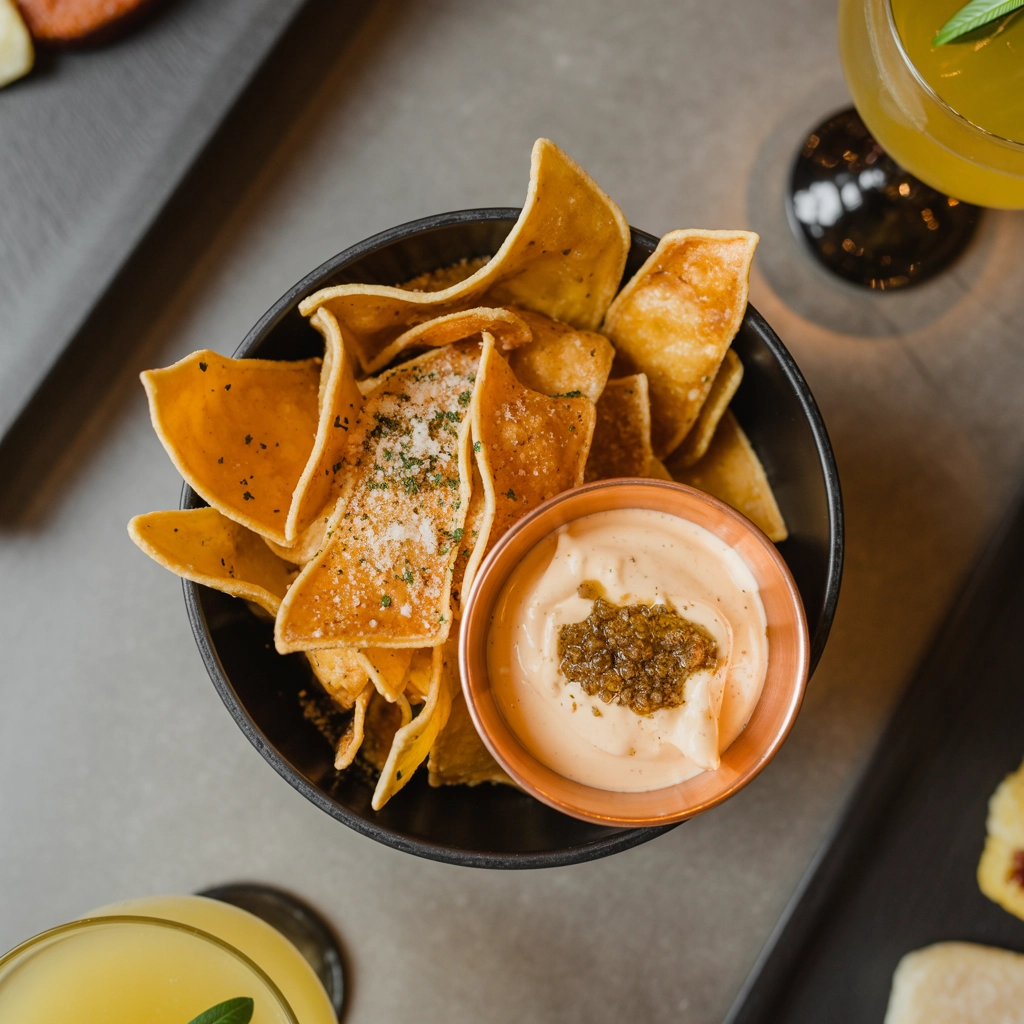
Butter Boards and Beyond
The communal butter board trend that began as a social media alternative to charcuterie has evolved into a legitimate restaurant category. In 2025, upscale restaurants and casual chains alike feature customizable "board programs" that extend well beyond butter to include:
- Sweet cream cheese boards with seasonal fruits and honey
- Hummus and dip boards with various toppings and accompaniments
- Dessert boards featuring spreadable confections and dipping elements
"The board concept resonates because it's inherently shareable – both in the literal sense at the table and figuratively on social platforms," explains restaurant consultant Jamal Washington. "It's also infinitely customizable, which allows restaurants to put their unique stamp on a recognizable format."
How Restaurants Are Adapting to Social Media Flavor Cycles
For restaurant owners and chefs, the accelerated trend cycle driven by TikTok presents both opportunities and challenges. Many establishments have developed specific strategies to capitalize on viral flavors while maintaining their culinary identity.
Seasonal "TikTok Takeover" Menus
Rather than overhauling entire menus, many restaurants now feature dedicated sections that rotate based on trending flavors. "We update our 'Social Specials' section monthly," explains Sarah Kim, marketing director for a regional restaurant group. "It allows us to capture the excitement around viral flavors without compromising our core menu identity."
This approach has proven particularly effective for established restaurants that might otherwise struggle to appear relevant to younger, social media-savvy diners. "Our TikTok-inspired dessert program increased our Gen Z customer base by 45% in just three months," notes Kim.
Collaborative Development with Influencers
Forward-thinking restaurants have moved beyond simply reacting to trends and are actively collaborating with food content creators to develop signature items.
"We partnered with three TikTok creators with a combined following of 15 million to develop our summer beverage program," explains beverage director Carlos Mendez of national chain Fresh Kitchen. "They helped us create drinks that were specifically designed to be visually striking and 'filmable.' The result? Our ube-coconut refresher has been featured in over 10,000 user-generated videos, creating marketing value we could never afford through traditional advertising."
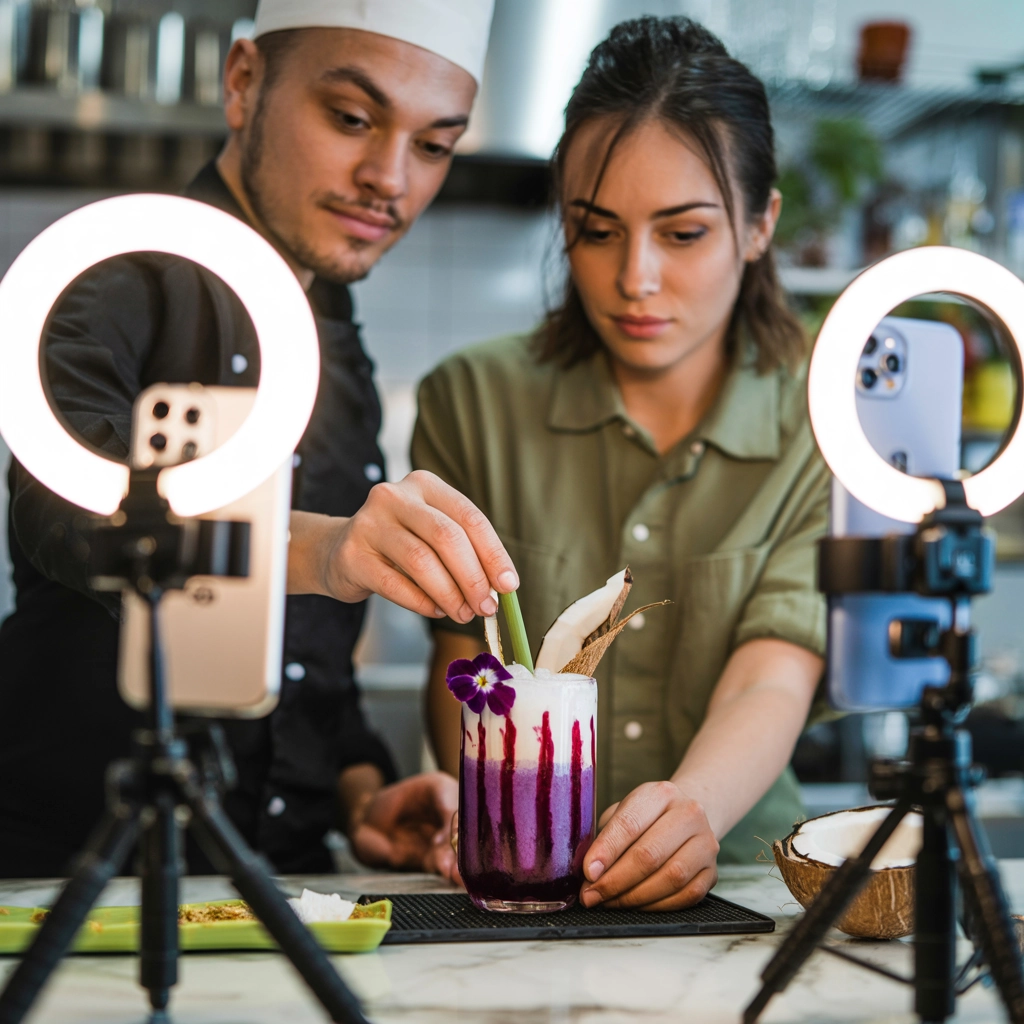
Real-Time Menu Engineering
The most agile operations are implementing systems that allow for rapid menu adjustments based on social media monitoring. "We've developed a 'trend response protocol' that allows us to go from identification of a viral flavor to menu implementation in under two weeks," explains innovation chef Jackie Lee of Fast Forward Foods, a ghost kitchen operator with locations in 12 major markets.
This includes:
- Daily social media monitoring across platforms
- Biweekly R&D sessions focused exclusively on emerging trends
- Streamlined approval processes for limited-time offerings
- Flexible supply chain relationships to quickly source trending ingredients
The Future: Where Does the TikTok-to-Table Pipeline Go From Here?
As we look ahead, several developments are likely to shape how social media influences restaurant menus:
AI-Powered Trend Prediction
Artificial intelligence is increasingly being deployed to identify potential viral flavors before they peak. "Our algorithm analyzes early-stage content engagement patterns to predict which flavors are likely to break through," explains Jordan Chen, CEO of FoodCast, a culinary trend forecasting company. "We were able to alert our restaurant clients about the emerging fermented honey trend three weeks before it went mainstream on TikTok."
For more on how AI is transforming the food and beverage industry, check out our in-depth analysis at https://www.fb101.com/how-ai-and-machine-learning-are-revolutionizing-demand-forecasting-in-the-food-beverage-industry.
The Blending of Global Flavor Systems
TikTok's global nature means that flavor combinations that might never have met in traditional culinary evolution are now regularly merging. "We're seeing fascinating cross-cultural flavor migrations," notes food anthropologist Dr. Samira Patel. "Mexican-Korean, Filipino-Italian, and Scandinavian-Middle Eastern flavor combinations are all emerging from creator content rather than traditional culinary exchange."
This has accelerated what many are calling "post-fusion" cuisine, where cultural boundaries in flavor are increasingly irrelevant. For more on flavor mashups reshaping menus, visit https://www.fb101.com/2025-the-year-of-bold-sauces-flavor-mashups-reshaping-restaurant-menus.
The Sustainability Factor
As viral food trends generate massive demand for specific ingredients, sustainability concerns are increasingly coming into focus. The explosive popularity of ube, for instance, has raised questions about agricultural capacity and environmental impact.
"We're seeing restaurants balance trend participation with sustainability by creating visual and flavor analogs using more accessible ingredients," explains sustainability consultant Emma Rodriguez. "Purple sweet potato can create similar visual impact to ube while reducing import distances, and locally grown pistachios can replace imported varieties while maintaining the desired flavor profile."
The Bottom Line for Industry Professionals
For food and beverage professionals navigating this rapidly evolving landscape, several key takeaways emerge:
-
Monitor Early Signals: Develop systems to identify emerging flavor trends before they peak, whether through in-house social media monitoring or partnership with trend forecasting services.
-
Flexible Implementation: Create menu structures that allow for the incorporation of trending flavors without compromising brand identity or operational efficiency.
-
Authentic Adaptation: The most successful viral flavor implementations respect the cultural origins of ingredients while making them accessible to new audiences.
-
Visual Strategy: Consider how menu items will appear on social media when designing new offerings – elements like color contrast, texture, and "reveal" moments significantly impact shareability.
-
Sustainability Planning: Anticipate supply chain impacts of suddenly trending ingredients and develop contingency plans for sustainable sourcing or appropriate substitutions.
As the line between digital culture and dining culture continues to blur, the restaurants that thrive will be those that can authentically participate in the conversation while maintaining their culinary integrity. In the social media age, menus are no longer static documents but dynamic reflections of digital culture – a reality that presents unprecedented opportunities for those prepared to embrace it.
Written by Michael Politz, Author of Guide to Restaurant Success: The Proven Process for Starting Any Restaurant Business From Scratch to Success (ISBN: 978-1-119-66896-1), Founder of Food & Beverage Magazine, the leading online magazine and resource in the industry. Designer of the Bluetooth logo and recognized in Entrepreneur Magazine's "Top 40 Under 40" for founding American Wholesale Floral. Politz is also the founder of the Proof Awards and the CPG Awards and a partner in numerous consumer brands across the food and beverage sector.



